The evolution of Nelson Mandela —
Nelson Mandela, the prisoner-turned-president who reconciled South Africa after the end of apartheid, died on December 5, 2013. He was 95.
Theana Calitz-Bilt/pool/apThe evolution of Nelson Mandela —
Mandela became president of the African National Congress Youth League in 1951.
API/Gamma-Rapho via Getty ImagesThe evolution of Nelson Mandela —
Mandela poses for a photo, circa 1950.
APIC via getty imagesThe evolution of Nelson Mandela —
Mandela poses in boxing gloves in 1952.
API/Gamma-Rapho via Getty ImagesThe evolution of Nelson Mandela —
Mandela in the office of Mandela & Tambo, a law practice set up in Johannesburg by Mandela and Oliver Tambo to provide free or affordable legal representation to black South Africans.
The evolution of Nelson Mandela —
From left: Patrick Molaoa, Robert Resha and Mandela walk to the courtroom for their treason trial in Johannesburg.
API/Gamma-Rapho via Getty ImagesThe evolution of Nelson Mandela —
Nelson and Winnie Mandela raise their fists to salute a cheering crowd upon his 1990 release from Victor Verster Prison. He was still as upright and proud, he would say, as the day he walked into prison 27 years before.
ALEXANDER JOE/AFP/Getty ImagesThe evolution of Nelson Mandela —
A jubilant South African holds up a newspaper announcing Mandela's release from prison at an ANC rally in Soweto on February 11, 1990. Two days later, more than 100,000 people attended a rally celebrating his release from jail.
TREVOR SAMSON/AFP/Getty ImagesThe evolution of Nelson Mandela —
After his release in 1990, Mandela embarked on a world tour, meeting U.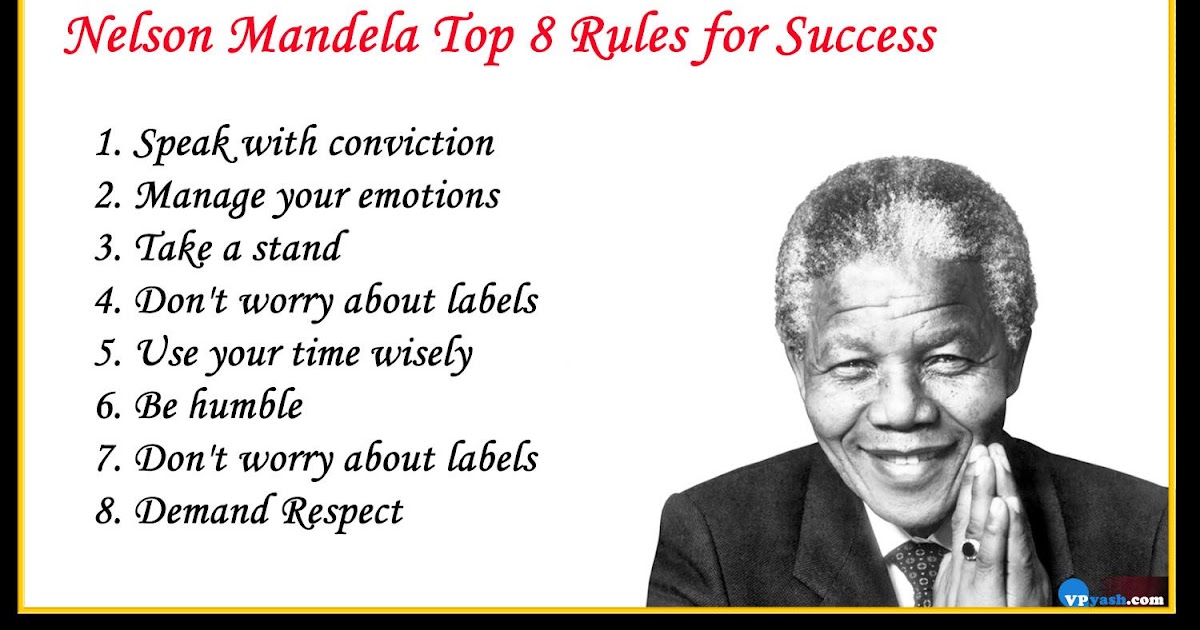 S. President George H.W. Bush at the White House in June.
S. President George H.W. Bush at the White House in June.
The evolution of Nelson Mandela —
At his Soweto home on July 18, 1990, Mandela blows out the candles on his 72nd birthday cake. It was the first birthday he celebrated as a free man since the 1960s.
WALTER DHLADHLA/AFP/Getty ImagesThe evolution of Nelson Mandela —
Mandela and his wife react to supporters during a visit to Brazil at the governor's palace in Rio De Janeiro, on August 1, 1991.
Bebeto Matthews/APThe evolution of Nelson Mandela —
South African President Frederik de Klerk, right, and Mandela shared a Nobel Peace Prize in 1993 for their work to secure a peaceful transition from apartheid rule.
GERARD JULIEN/AFP/Getty ImagesThe evolution of Nelson Mandela —
Mandela votes for the first time in his life on March 26, 1994.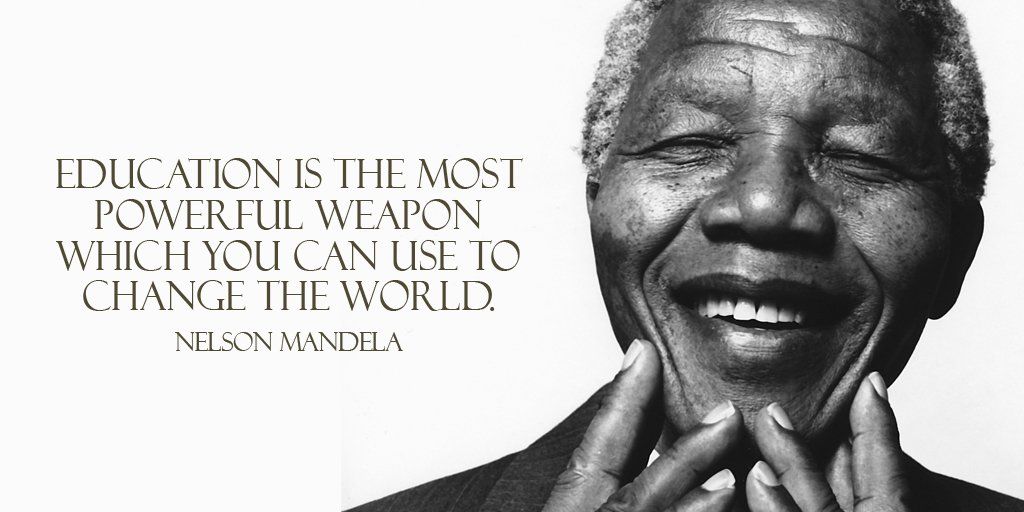
The evolution of Nelson Mandela —
On April 27, 1994, a long line of people snake toward a polling station in the black township of Soweto outside of Johannesburg in the nation's first all-race elections.
Denis Farrell/APThe evolution of Nelson Mandela —
Mandela in Mmabatho for an election rally on March 15, 1994.
WALTER DHLADHLA/AFP/Getty ImagesThe evolution of Nelson Mandela —
Mandela was elected president in the first open election in South African history on April 29, 1994. He's pictured here taking the oath at his inauguration in May, becoming the nation's first black president.
WALTER DHLADHLA/AFP/Getty ImageThe evolution of Nelson Mandela —
Mandela, left, cheers as Springbok Rugby captain Francois Pienaar holds the Webb Ellis trophy high after winning the World Cup Rugby Championship in Johannesburg on June 24, 1995.
The evolution of Nelson Mandela —
After one term as president, Mandela stepped down. Thabo Mvuyelwa Mbeki, at right, was sworn in as his replacement in June 1999.
ODD ANDERSEN/AFP/Getty ImagesThe evolution of Nelson Mandela —
Mandela sits outside his former prison cell on Robben Island on November 28, 2003, ahead of his AIDS benefit concert at Green Point Stadium in Cape Town. He was sent to the infamous prison five miles off the coast of South Africa, where he spent 18 of his 27 years behind bars.
Paul Gilham/Getty ImagesThe evolution of Nelson Mandela —
Mandela shows something to a group of international journalists visiting the Nelson Mandela Foundation in Johannesburg in May 2004.
PoolThe evolution of Nelson Mandela —
Mandela sits with his wife, Graca Machel, and his grandchildren at his son's funeral on January 15, 2005.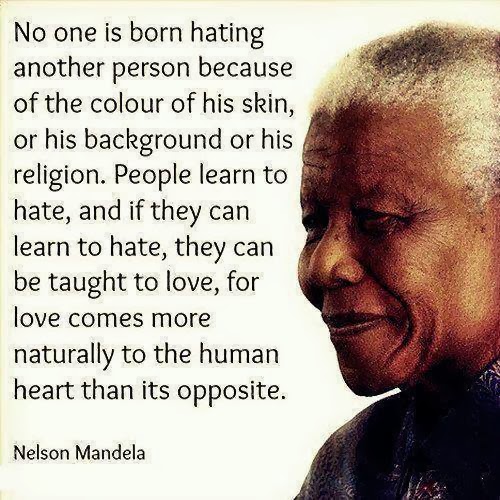 He disclosed that his son, Makgatho Lewanika Mandela, had died of AIDS and said the disease should be given publicity so people would stop viewing it as extraordinary.
He disclosed that his son, Makgatho Lewanika Mandela, had died of AIDS and said the disease should be given publicity so people would stop viewing it as extraordinary.
The evolution of Nelson Mandela —
The "46664 Arctic" benefit concert was held in Tromso, Norway, on June 11, 2005. 46664 was Mandela's identification number in prison. Here, artists who performed at the event surround him.
Dave Hogan/Getty ImagesThe evolution of Nelson Mandela —
Mandela attends an HIV/AIDs concert in Johannesburg on February 17, 2005.
KIM LUDBROOK/epa/landovThe evolution of Nelson Mandela —
Former U.S. President Bill Clinton leans down to whisper to former South African President Nelson Mandela during a visit to the Nelson Mandela Foundation on July 19, 2007, in Johannesburg.
Win McNamee/Getty Images for the Clinton FoundationThe evolution of Nelson Mandela —
A bronze statue of Mandela was unveiled in Parliament Square in London on August 29, 2007. The 9-foot statue faces the Houses of Parliament.
The 9-foot statue faces the Houses of Parliament.
The evolution of Nelson Mandela —
Nelson Mandela and his third wife, Graca Machel, arrive at the 2010 World Cup before the final match between Netherlands and Spain on July 11, 2010, at Soccer City Stadium in Soweto.
PIERRE-PHILIPPE MARCOU/AFP/Getty ImagesThe evolution of Nelson Mandela —
Then-U.S. Secretary of State Hillary Clinton meets with Mandela at his home in Qunu, South Africa, on August 6, 2012.
Jacquelyn Martin/Reuters/LandovEditor’s Note: CNN iReport: Send us your memories of Mandela
Nelson Mandela pushed issues on the world's stage
Among them were HIV/AIDS epidemic
Sometimes, former president spoke bluntly
He lost a son and great-granddaughter
CNN —
In June 2004, at the age of 85, and five years after stepping down as South Africa’s president, Nelson Mandela announced he was “retiring from retirement” to spend more time with family and friends, telling journalists, “Don’t call me, I’ll call you.”
As a globally recognized ambassador for a multiracial South Africa, the conscience of his continent and an inspiration for strugglers against oppression everywhere, Mandela was never going to be allowed to fade quietly into the history books.
After leaving office, Mandela continued to lend his tireless support to the fight against social injustice and poverty in South Africa and beyond through fundraising organizations such as the Nelson Mandela Foundation and the Nelson Mandela Children’s Fund.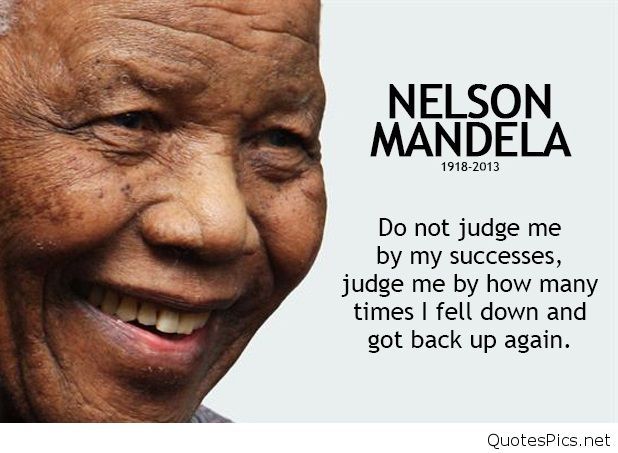
Persevering with diplomatic efforts he had initiated in government, Mandela worked patiently to mediate in conflict-stricken Burundi and the Democratic Republic of Congo.
Former South African President and Nobel peace prize laureate Nelson Mandela listens to the African National Congress (ANC) president Jacob Zuma (not in picture) remarks on August 02, 2008 during the Mandela 90th birthday ANC celebration at Loftus stadium in Pretoria, South Africa. AFP PHOTO/GIANLUIGI GUERCIA (Photo credit should read GIANLUIGI GUERCIA/AFP/Getty Images)
Gianluigi Guercia/AFP/Getty Imagesvideo
Zuma: Nelson Mandela is now at peace
sot President Obama speaks after Nelson mandela death announcement _00035313.jpg
video
Obama: Mandela was influential, courageous
PAARL, SOUTH AFRICA - FEBRUARY 11: ANC leader Nelson Mandela and wife Winnie raise fists upon his release from Victor Verster prison, 11 February 1990 in Paarl.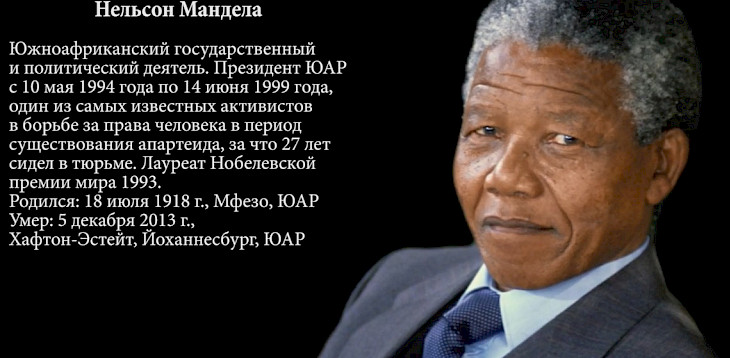 (Photo credit should read ALEXANDER JOE/AFP/Getty Images)
(Photo credit should read ALEXANDER JOE/AFP/Getty Images)
video
1990: Mandela addresses his supporters
Mandela, who died Thursday, also brought charisma, charm and enthusiasm to South Africa’s successful bid for the 2010 World Cup, lobbying hard for the tournament to be awarded to an African nation for the first time.
Comfortable retirement may have mellowed Mandela, but the instincts of the freedom fighter and anti-establishment activist still burned strongly.
In early 2003, he spoke out harshly against the imminent U.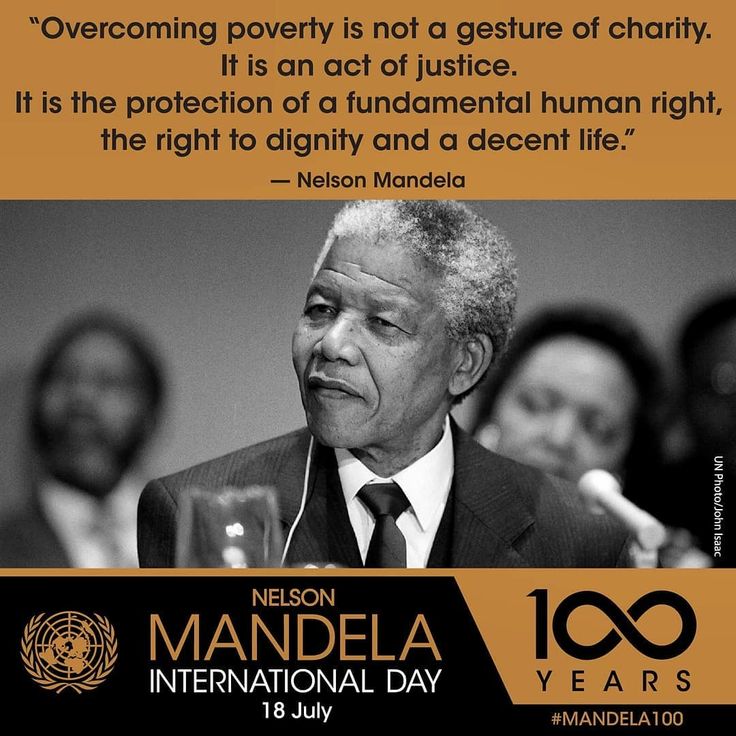 S. invasion of Iraq, accusing U.S. President George W. Bush of “wanting to plunge the world into a holocaust,” adding “if there is a country that has committed unspeakable atrocities in the world, it is the United States of America.”
S. invasion of Iraq, accusing U.S. President George W. Bush of “wanting to plunge the world into a holocaust,” adding “if there is a country that has committed unspeakable atrocities in the world, it is the United States of America.”
In particular, Mandela became an outspoken advocate of efforts to tackle South Africa’s worsening HIV and AIDS epidemic, criticizing his presidential successor and longtime ANC comrade Thabo Mbeki in 2002 for his government’s prevarication in combating the disease.
“This is a war. It has killed more people than has been the case in all previous wars and in all previous natural disasters,” Mandela said.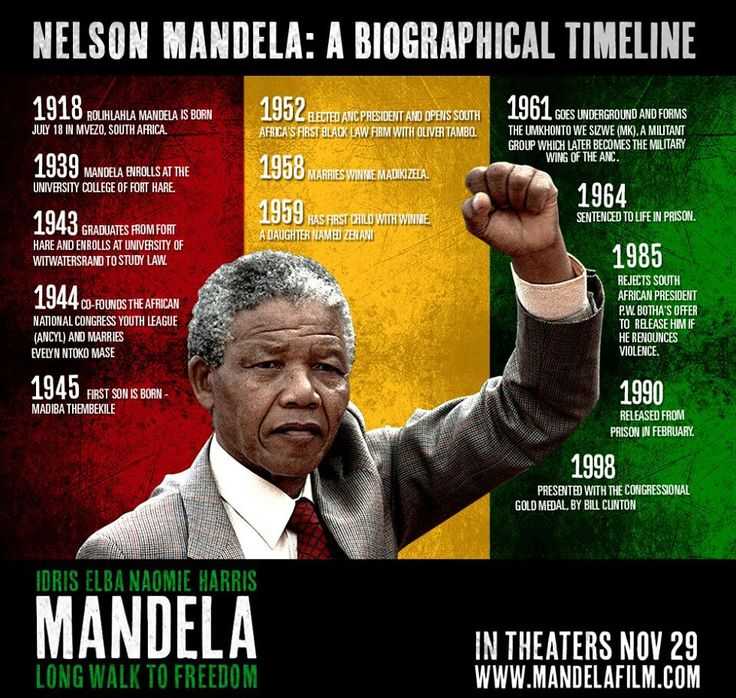 “We must not continue to be debating, to be arguing, when people are dying.”
“We must not continue to be debating, to be arguing, when people are dying.”
Mandela also set up the HIV/AIDS charity 46664 – named after Mandela’s prison number during his long incarceration on Robben Island – inviting stars such as Bono and Beyonce to perform at a fundraising concert in Cape Town in 2003.
Mandela had personal reasons for promoting the fight against HIV/AIDS. In 2005, he announced that his son, Makgatho Mandela, had died of an AIDS-related illness at the age of 54.
“Let us give publicity to HIV/AIDS and not hide it, because the only way to make it appear like a normal illness like TB, like cancer, is always to come out and to say somebody has died because of HIV/AIDS – and people will stop regarding it as something extraordinary,” Mandela said.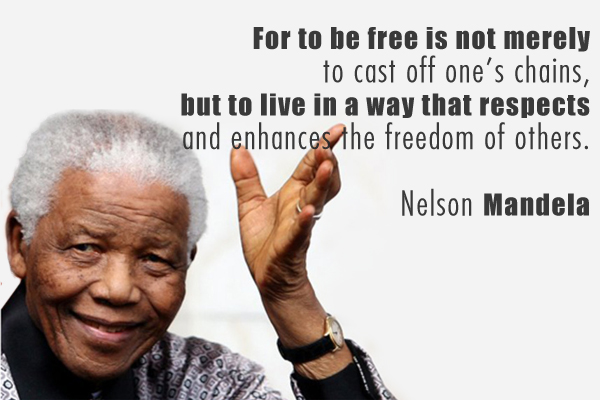
Mandela had endured health problems of his own, having been diagnosed with prostate cancer in 2001, but, he remained active throughout his 80s and continued to travel the world.
In 2007, he formed The Elders, a group of widely respected former statesmen and world leaders dedicated to bringing their expertise, experience and moral authority to bear on the world’s most pressing political and social issues. Members included Archbishop Desmond Tutu, former U.N. Secretary-General Kofi Annan and former U.S. President Jimmy Carter
(FILES) A picture taken on February 11, 1990 shows Nelson Mandela (C) and his then-wife Winnie raising their fists and saluting cheering crowd upon Mandela's release from the Victor Verster prison near Paarl.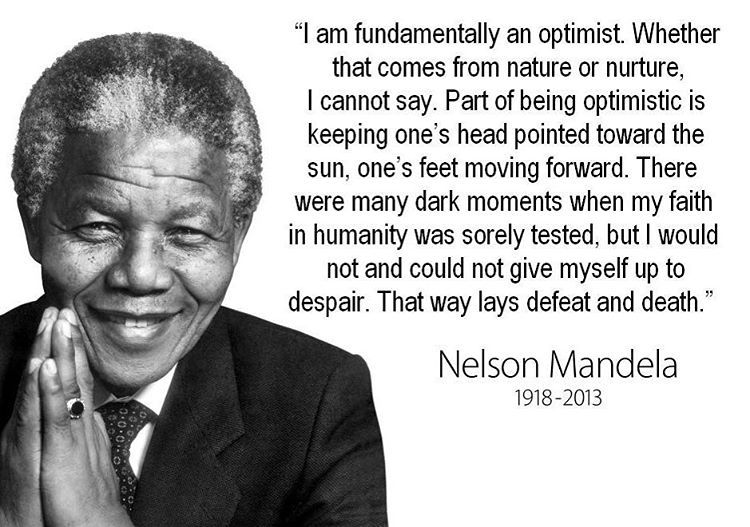 Rolihlahla Dalibhunga Mandela, affectionately known by his clan name "Madiba", became commander-in-chief of Umkhonto weSizwe (Spear of the Nation), the armed underground wing of the African National Congress, in 1961, and the following year underwent military training in Algeria and Ethiopia. After more than a year underground, Mandela was captured by police and sentenced in 1964 to life in prison during the Rivonia trial, where he delivered a speech that was to become the manifesto of the anti-apartheid movement. Mandela started his prison years in the notorious Robben Island Prison, a maximum security prison on a small island 7Km off the coast near Cape Town. In April 1984 he was transferred to Pollsmoor Prison in Cape Town and in December 1988 he was moved the Victor Verster Prison near Paarl. While in prison, Mandela flatly rejected offers made by his jailers for remission of sentence in exchange for accepting the bantustan policy by recognising the independence of the Transkei and agreeing to settle there.
Rolihlahla Dalibhunga Mandela, affectionately known by his clan name "Madiba", became commander-in-chief of Umkhonto weSizwe (Spear of the Nation), the armed underground wing of the African National Congress, in 1961, and the following year underwent military training in Algeria and Ethiopia. After more than a year underground, Mandela was captured by police and sentenced in 1964 to life in prison during the Rivonia trial, where he delivered a speech that was to become the manifesto of the anti-apartheid movement. Mandela started his prison years in the notorious Robben Island Prison, a maximum security prison on a small island 7Km off the coast near Cape Town. In April 1984 he was transferred to Pollsmoor Prison in Cape Town and in December 1988 he was moved the Victor Verster Prison near Paarl. While in prison, Mandela flatly rejected offers made by his jailers for remission of sentence in exchange for accepting the bantustan policy by recognising the independence of the Transkei and agreeing to settle there.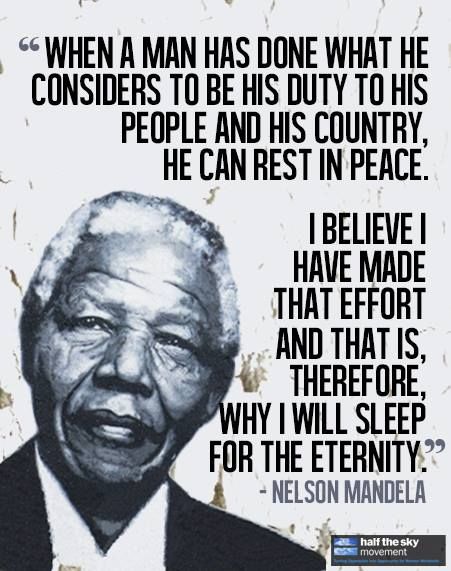 Again in the 'eighties Mandela rejected an offer of release on condition that he renounce violence. Prisoners cannot enter into contracts. Only free men can negotiate, he said, according to ANC reports. AFP PHOTO FILES / ALEXANDER JOE (Photo credit should read ALEXANDER JOE/AFP/Getty Images)
Again in the 'eighties Mandela rejected an offer of release on condition that he renounce violence. Prisoners cannot enter into contracts. Only free men can negotiate, he said, according to ANC reports. AFP PHOTO FILES / ALEXANDER JOE (Photo credit should read ALEXANDER JOE/AFP/Getty Images)
video
Nelson Mandela dead at 95
GERMANY - MAY 22: Nelson Rolihlahla MANDELA, president of the republic of South Africa, president of the ANC ( African National Congress ) and winner of the Nobel Peace Price, during state visit in Germany. (Photo by Ulrich Baumgarten via Getty Images)
Ulrich Baumgarten via Getty Imagesvideo
Nelson Mandela in his own words
PRETORIA, SOUTH AFRICA: South African President Nelson Mandela takes the oath 10 May 1994 during his inauguration at the Union Building in Pretoria, South Africa. Mandela was elected as the nation's first black president during the first session of the country's post-apartheid parliament 09 May in Cape Town.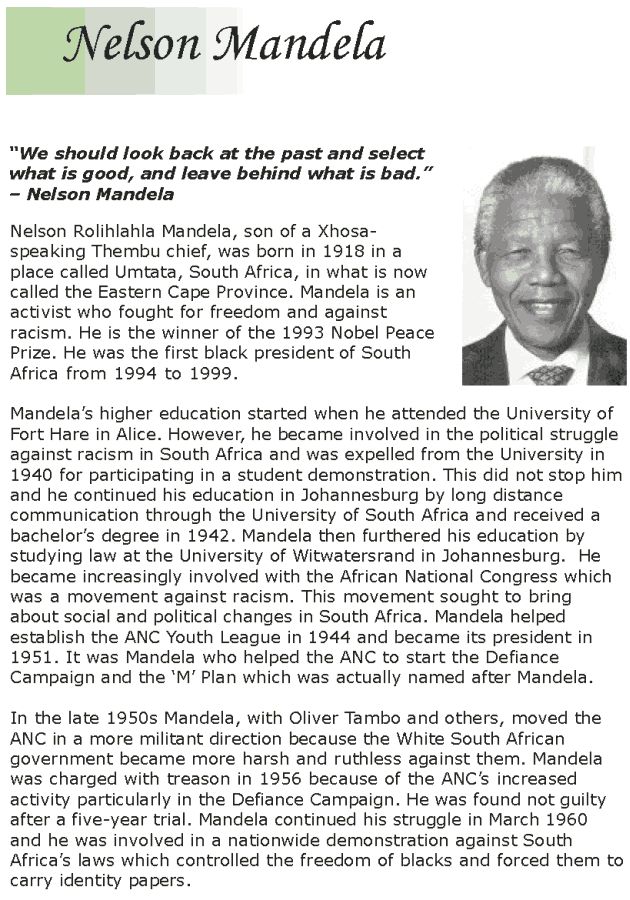 (Photo credit should read WALTER DHLADHLA/AFP/Getty Images)
(Photo credit should read WALTER DHLADHLA/AFP/Getty Images)
video
1994: Mandela takes oath of office
In 2008, Mandela made his final trip abroad, traveling to London for a concert celebrating his approaching 90th birthday and marking the 20th anniversary of the city’s iconic “Free Nelson Mandela” concert.
Mandela celebrated his birthday at home in Qunu, delivering a simple message drawing attention to the continuing gap between rich and poor in South Africa: “Poverty has gripped our people. If you are poor, you are not likely to live long.”
In an interview with Graca Machel to mark the occasion, Machel told CNN her husband’s only regret was that he hadn’t had the chance to raise his children and spend more time with his loved ones.
On the day in 2004 when South Africa won the right to host the 2010 World Cup, Mandela, a keen sports fan whose support for the Springboks at the 1995 Rugby World Cup was seen as a defining moment in the birth of the post-apartheid “Rainbow Nation,” summed up his excitement by saying he “felt like a boy of 15.” Apartheid was a policy of segregation and discrimination that aimed to keep black and white apart in every sphere of life.
But the eagerly anticipated tournament brought private tragedy for Mandela’s family when his 13-year-old great-granddaughter, Zenani Mandela, was killed in a car accident while returning from a concert on the eve of the opening match.
Mandela made a last public appearance at the World Cup final, smiling and waving to football fans at Johannesburg’s Soccer City on July 11, 2010.
To the end of his life, Mandela remained loyally committed to the African National Congress, appearing on stage with party leader Jacob Zuma in 2009 during his successful campaign for the presidency.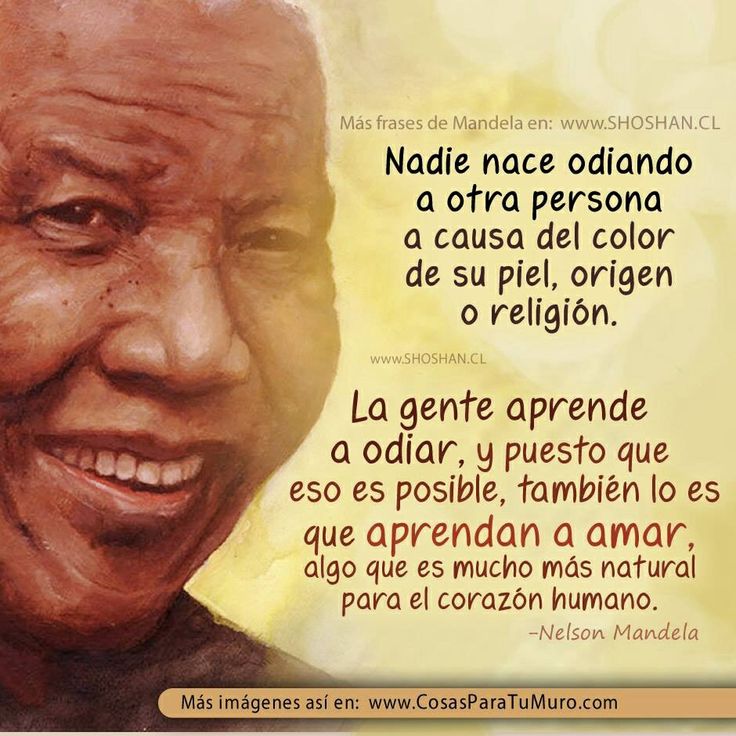
Most of all, Mandela remained committed to the principle of dialogue – and the belief, based on his own experiences, that even the most intractable problems could only be solved by enemies sitting down around a table to talk to each other.
READ: Nelson Mandela: The miracle years
READ: In Mandela’s own words
READ: Mandela: Man of many handshakes
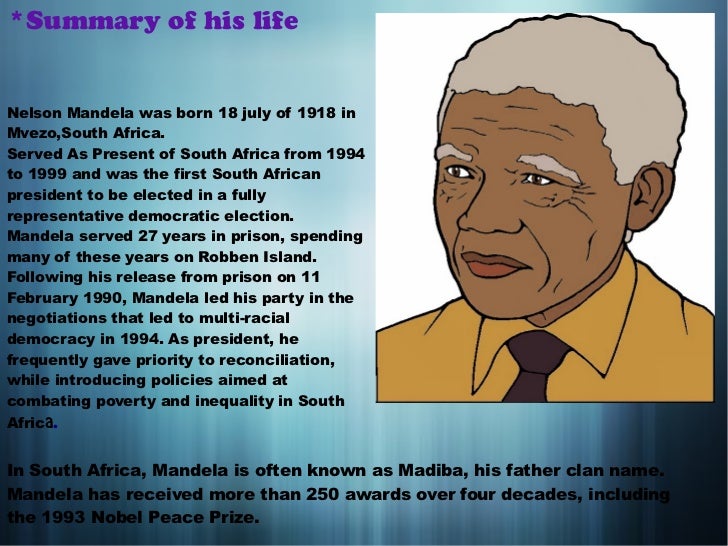
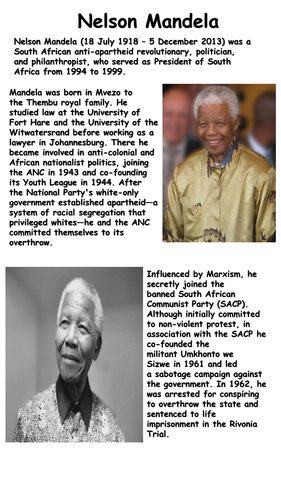 Go ahead. Ask. We won’t mind.
Go ahead. Ask. We won’t mind.Sports Moments Nicknames Quiz
7 Alphabet Soup Agencies that Stuck Around
The little-known story of how slavery infiltrated California and the American west
State and political figure of the Republic of South Africa (South Africa), former President of South Africa (1994-1999) Nelson Mandela was born on July 18, 1918 in Mwezo in the Transkei region ( now the Eastern Cape of South Africa).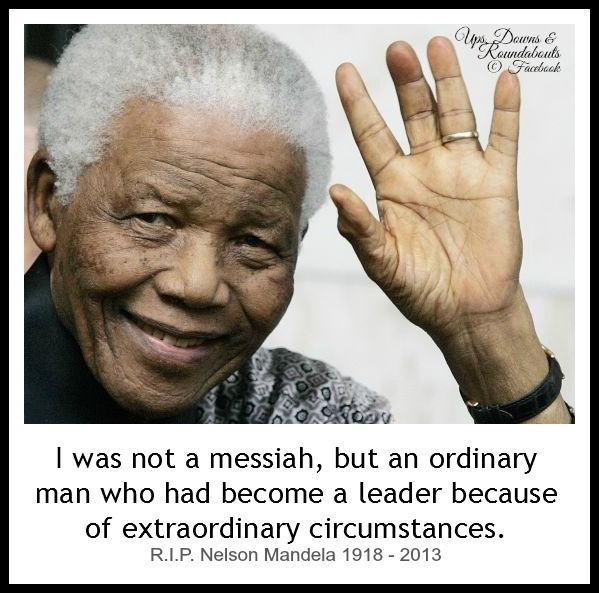
His great-grandfather was the leader of the Tembu tribe. One of the chief's sons, named Mandela, became Nelson's grandfather. A surname was formed from his name.
At birth, Mandela received the name Rolihlahla, which means "breaking the branches of trees", and in translation from the figurative local language - fidget, troublemaker, troublemaker. At a school where African children were given English names to make it easier for teachers to pronounce them, they began to call him Nelson, after the British admiral.
Attended Fort Hare College, from which he was expelled in 1940 for participating in a student strike. He worked as a watchman at a mine in Johannesburg, an apprentice in a law office in Johannesburg.
In 1943 he began to study law at the University of the Witwatersrand, where he would study until 1948, but never received a law degree. Later he studied at the University of London, but also did not graduate from it.
In 1989, in the last months of his imprisonment, he received a bachelor's degree in law. While in prison, he studied by correspondence at the University of South Africa.
In 1944 he joined the African National Congress (ANC) Youth League and soon became one of its leaders. In the 1950s, he was one of the most active fighters against apartheid in southern Africa. He was repeatedly arrested by the police.
From the end of 1953, the South African government banned Mandela from speaking at public events for two years and renewed this ban for five years in 1956. Nelson Mandela was charged with treason in 1956 and acquitted in 1961 years old.
By 1960, Mandela was the recognized leader of the ANC.
After the events in Sharpeville (1960), when 67 Africans were killed in riots, the South African government banned the ANC. Mandela went underground. In June 1961, the leaders of the ANC decided to switch to armed methods of struggle against apartheid. The military organization of the ANC was formed, headed by Mandela.
In January 1962, Nelson Mandela went abroad to Africa and Europe.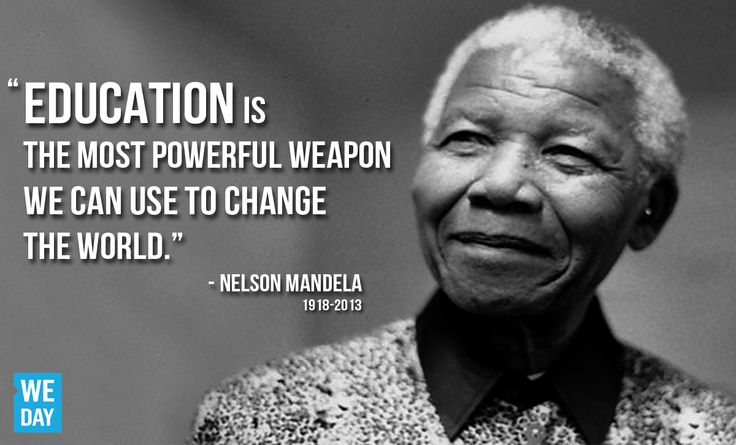
In August 1962, he was arrested and sentenced to five years in prison for illegally leaving the country and instigating a strike.
In 1964, after the arrests of Mandela's associates, his preventive measure was changed to life imprisonment.
During his imprisonment, Nelson Mandela became world famous. In South Africa and in other countries, a movement for his release unfolded. He spent 18 years in a prison on Robben Island (1964-1982), in 1982 he was transferred to a Cape Town prison, where he spent six years, after which he was hospitalized due to tuberculosis. At 19In 1985, Nelson Mandela rejected South African President Peter Botha's offer of release in exchange for renunciation of the political struggle.
In 1990, during the crisis of the apartheid system, he was released and in 1991 became the head of the ANC.
In 1993, Nelson Mandela and South African President Frederick de Klerk were awarded the Nobel Peace Prize for their efforts to end apartheid.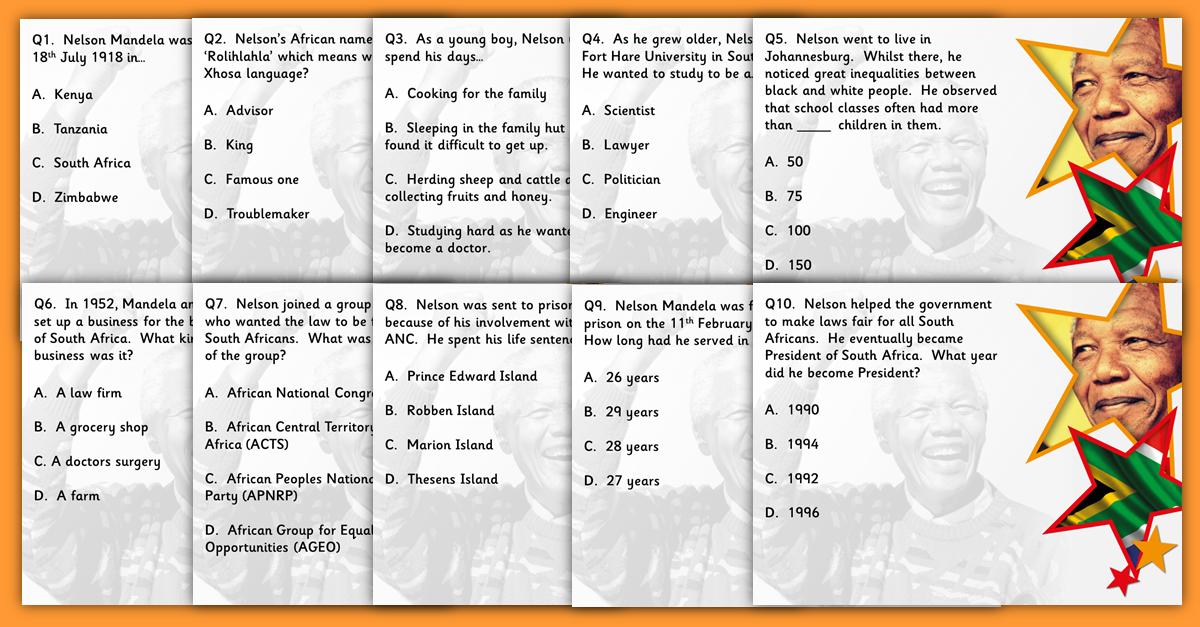
In 1994, South Africa held its first national elections with an African majority, which resulted in Nelson Mandela becoming South Africa's first black president.
In 1996, under his leadership, a new constitution for the Republic of South Africa was drafted and adopted, which guaranteed equal rights to all South Africans regardless of race, gender, religion or sexual orientation.
While remaining in the presidency of the country, Mandela resigned from the post of leader of the ANC in December 1997, and in the 1999 elections he did not put forward his candidacy for the presidency of South Africa.
Having retired from state affairs, Mandela continued his active social work: he visited hospitals, gave lectures, collected money for charitable purposes.
On December 5, 2013, Nelson Mandela died at his home in Johannesburg. He was buried in the village of Kunu in the southeast of the country.
Nelson Mandela is the author of several books, prominent among which are No easy walk to freedom (1965) and I am prepared to die (1979).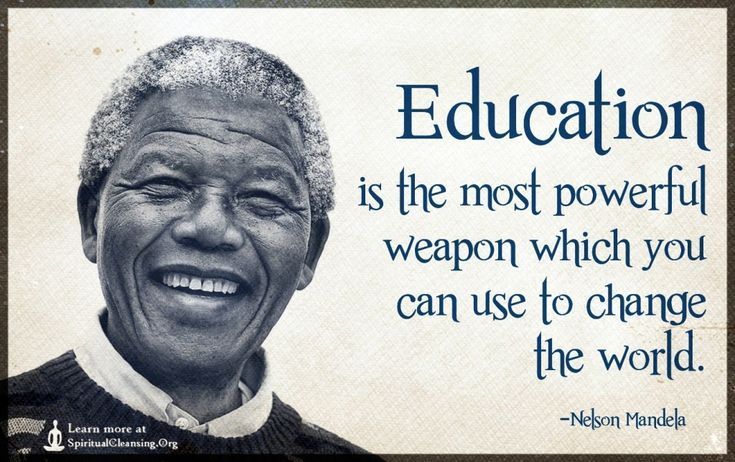
He was awarded many government awards from dozens of countries (including the USSR, Russia, USA, UK, Canada, India, etc.).
In 2011, Nelson Mandela topped the list of world leaders with an impeccable reputation according to the results of a study conducted by the Reputation Institute, which was attended by more than 50,000 people from 25 countries.
In 2009, the UN General Assembly declared July 18 as International Nelson Mandela Day in recognition of the contribution of the former President of South Africa to peace and freedom. In 2014, the UN General Assembly established the Nelson Mandela Award, which is given to individuals for their contribution to the realization of the purposes and principles of the United Nations.
Nelson Mandela was married three times. He lived with his first wife Evelyn (1922-2004) from 1944 to 1958. This marriage produced four children - two daughters and two sons. One of the sons died in infancy. Marriage with second wife Winnie (1934) lasted from 1958 to 1996. They had two daughters.
They had two daughters.
Mandela married for the third time in 1998 to Grace Machel (1945), widow of Mozambican President Samora Machel, who died in a plane crash.
Of all the children from the first two wives, Mandela's three daughters, many grandchildren and great-grandchildren are now alive.
The material was prepared on the basis of information from RIA Novosti and open sources
Black Lives Matter community members protest in New York City during the COVID-19 pandemic, June 4, 2020. Photo: Life Matters from Pexels
International Nelson Mandela Day - July 18, 2020
Njabulo Ndebele is President of the Nelson Mandela Foundation.
17 July 2020
Dressed in the traditional dress of the Tembu tribal chiefs in 1962, Nelson Mandela stood trial on charges of illegally leaving the country for protection and inciting workers to strike , stating that a black person cannot hope for an unbiased fair decision if all the judges, without exception, are white. Referring to the illegality of the process, Mandela used the defendant's podium not in his own defense, but in order to voice the position of the movement, whose goal was to overthrow apartheid. Mandela made it clear that the ideology of white supremacy was embedded in the current system of social order, and that all his efforts were aimed at breaking it. Fifteen years later, while imprisoned, Mandela wrote down his reflections on the Black Consciousness Movement, in which the following lines appear:
Referring to the illegality of the process, Mandela used the defendant's podium not in his own defense, but in order to voice the position of the movement, whose goal was to overthrow apartheid. Mandela made it clear that the ideology of white supremacy was embedded in the current system of social order, and that all his efforts were aimed at breaking it. Fifteen years later, while imprisoned, Mandela wrote down his reflections on the Black Consciousness Movement, in which the following lines appear:
“Those who promote the maintenance of the apartheid system oppose their people, even if they are dark skinned, while those who oppose all forms of racism are one with this people, regardless of their skin color” 1 .
In 1997, as President of the Republic of South Africa, Mandela continued to fight against the deep-seated legacy of apartheid and colonial rule that was still present in the country despite recent democratic transitions. “We did not descend from heaven into today's new South Africa,” he said in his address.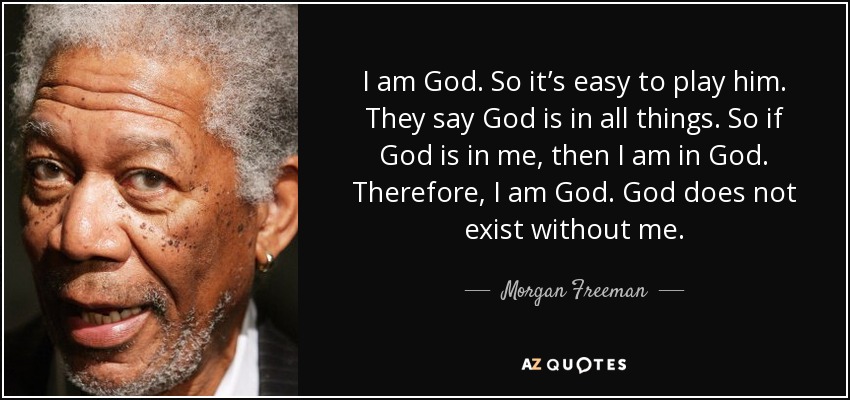 “We have all emerged from the quagmire of pervasive racial inequality and segregation. On the way to a more just future, we will have to stumble more than once, but we must support each other, so that together we can try to cleanse ourselves of the racist stained past” 2 .
“We have all emerged from the quagmire of pervasive racial inequality and segregation. On the way to a more just future, we will have to stumble more than once, but we must support each other, so that together we can try to cleanse ourselves of the racist stained past” 2 .
Mandela repeatedly said that repressive systems of oppression are manifested not only through the formal instruments of power; he warned that the oppressive legacies of the past will live on until our attitude towards them becomes thoughtful and conscious.
In the United States, the phenomenon of slavery has persisted in the form of predictable racially biased police action, mass jailing of African Americans, years of law enforcement killings of African Americans—George Floyd among others, and the disproportionate vulnerability of African Americans to COVID-19.and so on. In the United States of America, white supremacy has survived and continues to flourish. Moreover, only white people still prosper in South Africa.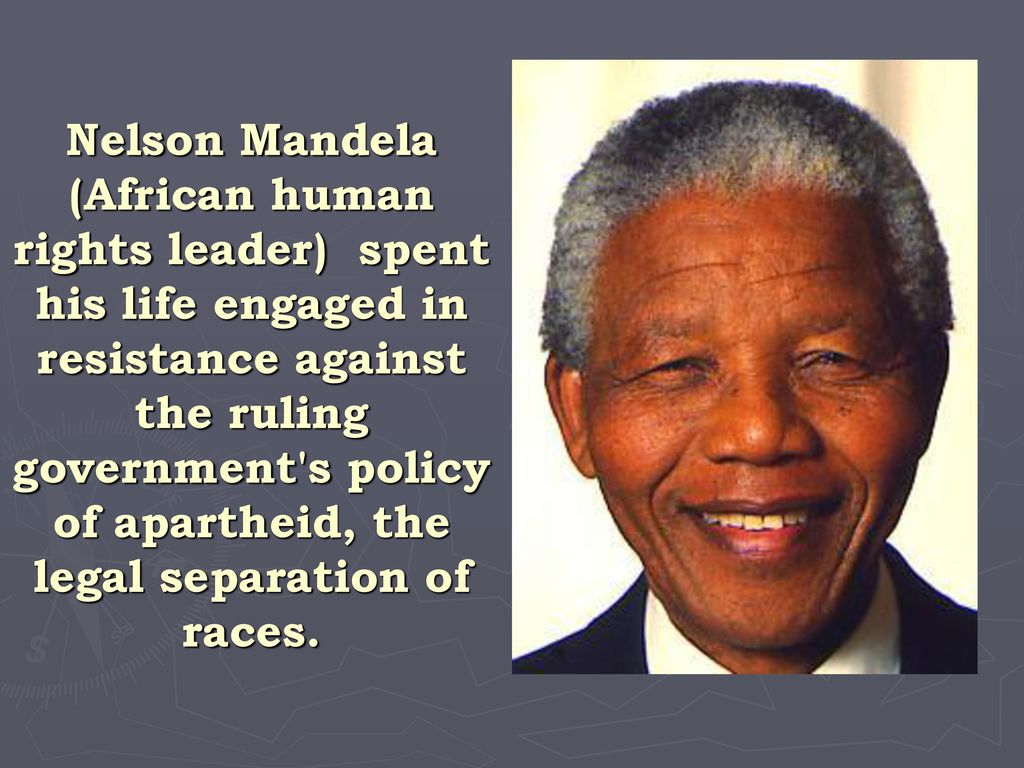 Apartheid continues to exist in the form of black lives that remain invisible to representative governments and state structures; inequality is on the rise; law enforcement officers killed Collins Hoza and other blacks—and the world remains calm in the face of a reality in which one in four black children of six years old suffers from chronic malnutrition and stunting. You can go on for a long time. Racism is the apparatus of power that excludes people of color from participation in society and oppresses them in any other way possible. Such an apparatus has the ability to manifest itself in many forms. It is flexible and durable. He is everywhere and nowhere specifically. It can be used consciously or unconsciously. And, as Mandela argued, blacks themselves are doing a lot to perpetuate this order.
Apartheid continues to exist in the form of black lives that remain invisible to representative governments and state structures; inequality is on the rise; law enforcement officers killed Collins Hoza and other blacks—and the world remains calm in the face of a reality in which one in four black children of six years old suffers from chronic malnutrition and stunting. You can go on for a long time. Racism is the apparatus of power that excludes people of color from participation in society and oppresses them in any other way possible. Such an apparatus has the ability to manifest itself in many forms. It is flexible and durable. He is everywhere and nowhere specifically. It can be used consciously or unconsciously. And, as Mandela argued, blacks themselves are doing a lot to perpetuate this order.
Speech by Nelson Mandela, President of the Republic of South Africa, at the fifty-third session of the UN General Assembly. September 21, 1998 United Nations, New York. UN Photo/Greg Kinch
South African society is still mired in racist ideology in its various manifestations.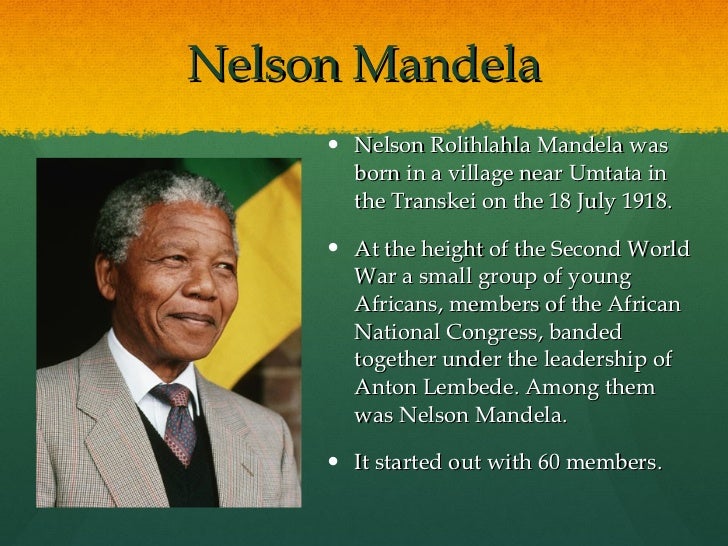 However, the fact that the Black Lives Matter anti-racism movement has resonated in many parts of the world since the killing of George Floyd shows that we are not alone. Remnants of racism are found everywhere. The spread of the ideology of white supremacy is a planetary phenomenon that manifests itself in all societies. The task is to recognize it and find the most effective ways to eliminate it, that is, as Mandela put it, to support and cleanse each other from the inside.
However, the fact that the Black Lives Matter anti-racism movement has resonated in many parts of the world since the killing of George Floyd shows that we are not alone. Remnants of racism are found everywhere. The spread of the ideology of white supremacy is a planetary phenomenon that manifests itself in all societies. The task is to recognize it and find the most effective ways to eliminate it, that is, as Mandela put it, to support and cleanse each other from the inside.
It is no coincidence that five years ago the Nelson Mandela Foundation identified three extremely important and interrelated goals on which all efforts must be focused in order to realize the principles of social justice. It was to achieve them that Mandela called for, leaving public activity: to eradicate poverty, inequality, racism and learn from the past. And over the past five years, there has been an increasing need to achieve these goals. We have developed important institutional programs to support work in each of these areas.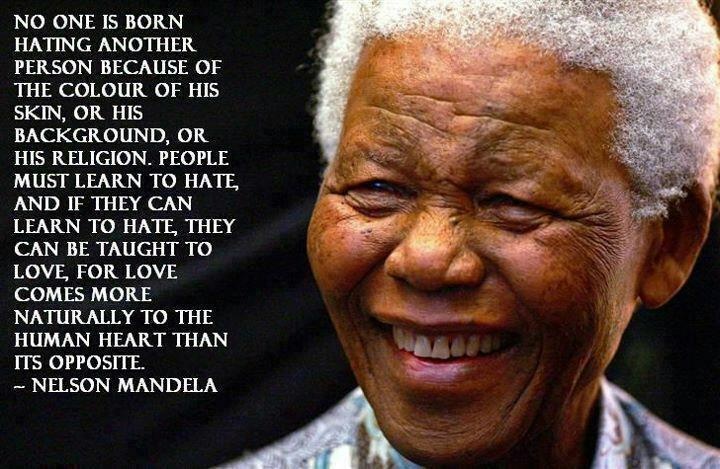
International program "Atlantic Society for Race Equality" ( Atlantic Fellows for EQUITY ), launched in 2018, in 2018, in 2018, in 2018, in 2018, in 2018 , is the flagship project of the Foundation to Combat Racism. The main goal of the program is to identify the most effective strategies for the eradication of racism, regardless of the place and form of its manifestation. Although the program has only just begun, it has already provided two very valuable lessons. The first emphasizes the need to develop leadership qualities, while the second says that those who are trying to eradicate racism have been and will continue to be deeply wounded in the course of this struggle.
In 1995, Mandela made a grand gesture of reconciliation to the white population of South Africa, overcoming racial divisions in the country, when he appeared at the Rugby World Cup final with the springbok emblem - a traditional symbol of white superiority. It was an extremely risky act when, despite the opinion of the party opposition, Mandela decided to promote rugby, that is, the “game of the enemy”, by his appearance on the podium. That year, South Africa won the championship, and Mandela created a commission to investigate racism and corruption in South African rugby. Mandela needed to go beyond formal symbols and start moving towards systemic transformations.
It was an extremely risky act when, despite the opinion of the party opposition, Mandela decided to promote rugby, that is, the “game of the enemy”, by his appearance on the podium. That year, South Africa won the championship, and Mandela created a commission to investigate racism and corruption in South African rugby. Mandela needed to go beyond formal symbols and start moving towards systemic transformations.
Two years later, the white leadership of South African rugby, instead of expressing gratitude and full support to Mandela for his strategic endeavors, through the lawyers of his system, called him to court for cross-examination, challenging the decision to create a commission of inquiry. Mandela took this episode very painfully. And at that moment he showed himself as a true leader, when, contrary to the advice of others, he decided to personally appear in court to testify. Mandela went into battle himself instead of sending his representatives. His example should inspire us today, in 2020, to fight the “dirt”.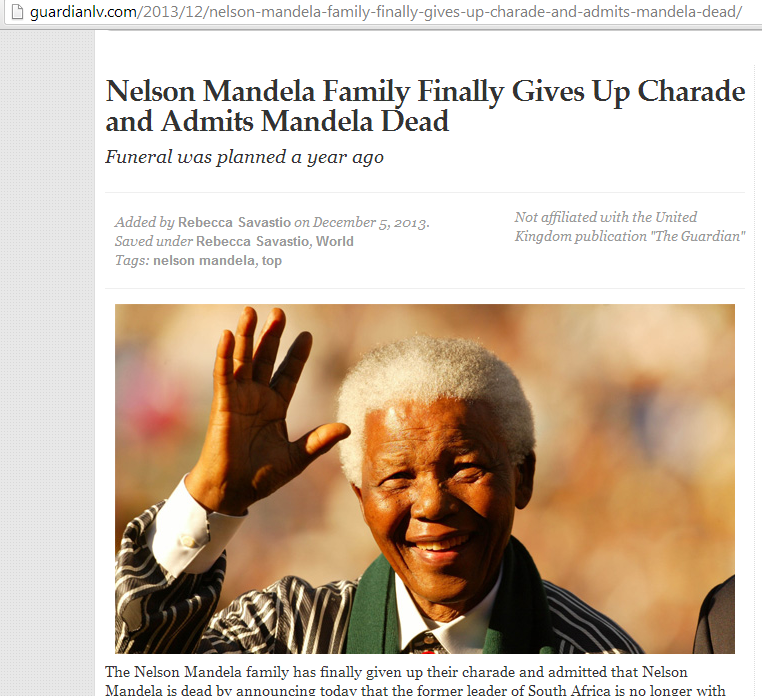 We have a long way to go and we have no right to hesitate.
We have a long way to go and we have no right to hesitate.
Notes
(Amherst and Boston, University of Massachusetts Press, 2002), p. 40. This work can also be found at: https://omalley.nelsonmandela.org/omalley/index.php/site/q/03lv01538/04lv02009/05lv02010/06lv02013/07lv02015.htm.
2. Nelson R. Mandela, President of South Africa, "Address by President Nelson Mandela on receiving honorary degree from University of Pretoria", Pretoria, 4 December 1997. Mandela's speech can be read at the link: http://www.mandela.gov.za/mandela_speeches/1997/971204_up.htm.
The UN Chronicle is not an official document. It is a great honor for us to publish articles by dignitaries of the United Nations, as well as prominent statesmen and public figures from around the world. The views and opinions expressed in the articles are those of the authors and may not represent the official position of the United Nations. Likewise, boundaries, place names and designations indicated in articles, maps and annexes may differ from those officially recognized by the Organization.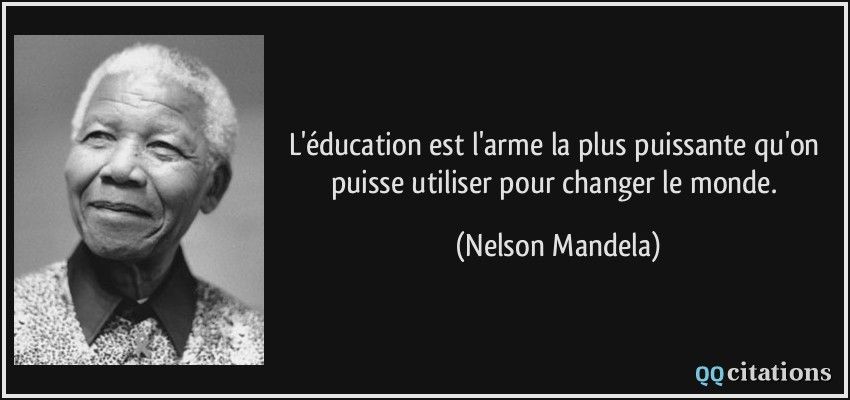
Ronald Vargas
Soil protection is more important than ever as we face a food and fertilizer crisis caused by recovery issues from the COVID-19 disaster, ongoing conflicts and the increasingly obvious impacts of climate change.
Winnie Byanyima
We can end AIDS by 2030 if we achieve EQUALITY.
On the eve of World Toilet Day (November 19), The UN Chronicle spoke with Jack Sim, founder and director of the World Toilet Organization. Mr. Sim, commonly known as "Mr. Toilet", spoke about the important role of toilets and sanitation in achieving sustainable development, his work to improve sanitation systems around the world, and progress towards the goal of ensuring that everyone, everywhere mira, if necessary, had access to a functioning toilet.